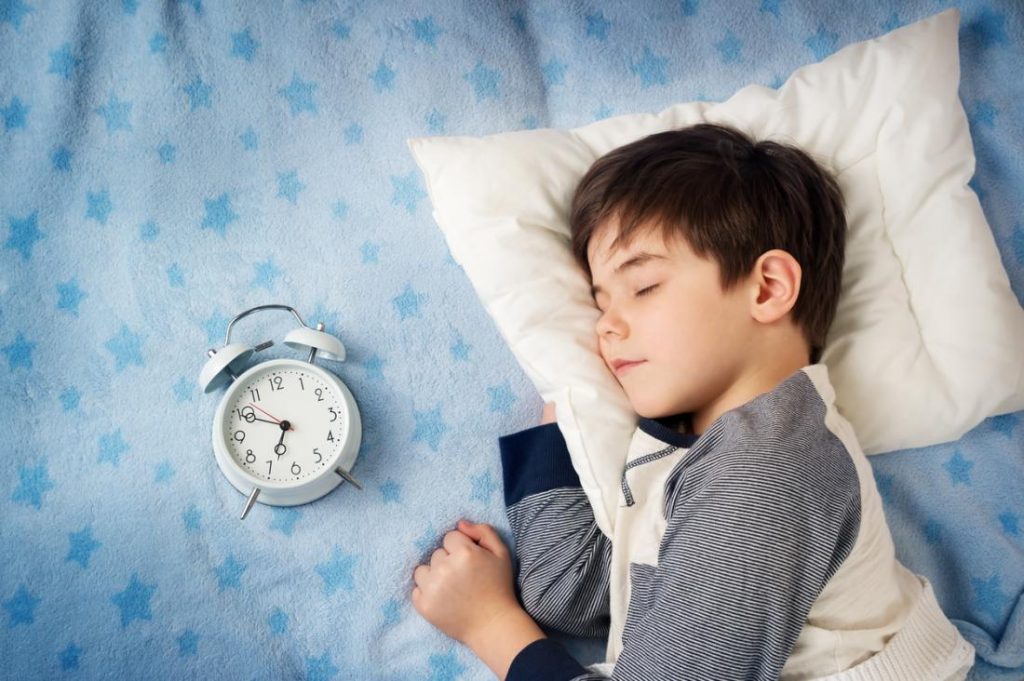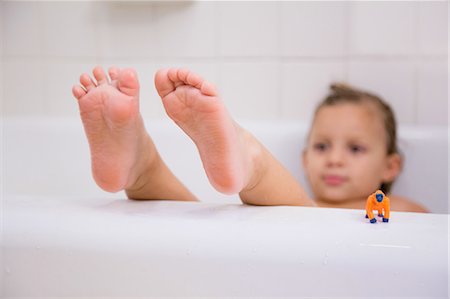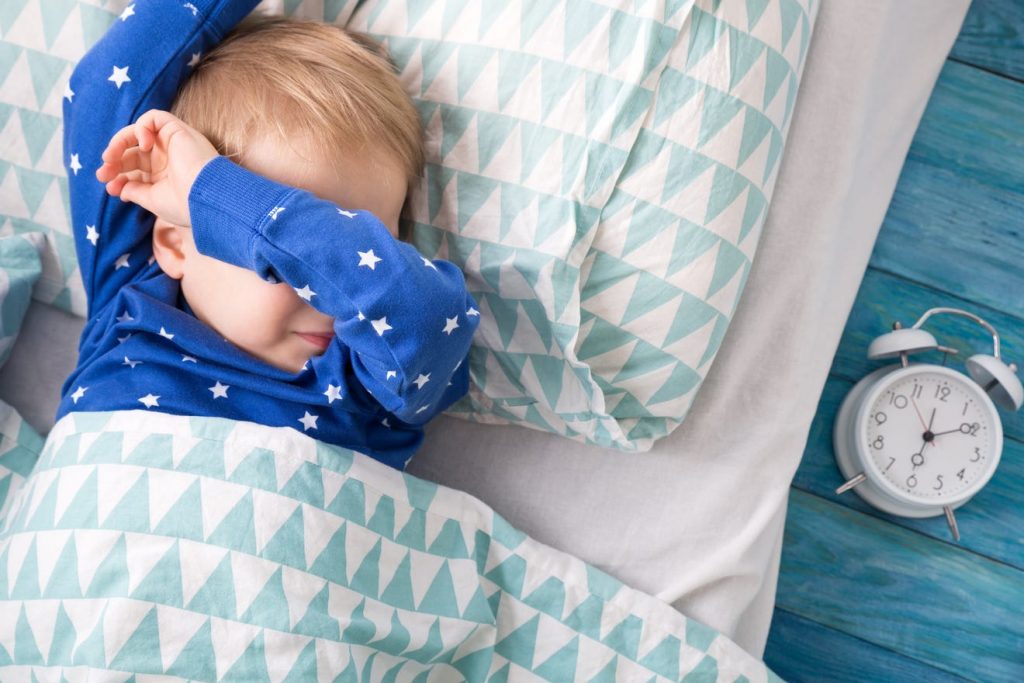
Shifting to daylight savings time (DST) is often keenly anticipated as it marks the journey towards summer. But shifting to DST is not always fun, particularly if we have children!
An hour difference in sleep might not seem like much, but it has big impacts, and children are less equipped to deal with sleep deprivation.
DST is not just a matter of changing clocks
Sleep is dependent on two separate but connected mechanisms.
Firstly, we fall asleep when we have been awake for long enough to be really tired. This is called sleep pressure.
And secondly, we fall asleep when our ‘sleepy hormone’, melatonin, is released in our bodies and signals to our brain it is time to sleep. Melatonin production is dependent on light, and in particular, sunlight. So when we are exposed to sunlight our brain receives the message that ‘it is daytime, and it is time to be awake’!
What can parents do to help their children adjust to daylight savings time?
Daylight savings is tricky because it is light until later, so our brains are being told to stay awake. If we start waking children up at their ‘normal’ pre-DST wake time (which is now an hour earlier), but they then stay awake later because it is light for longer, we can end up with overtired and cranky kiddo’s! So, what can parents do to help their children adjust?
Top tips for prepping kids for daylight savings time

Give it a week!
It takes about 7 days to reset our body clocks, so be patient and expect it to take at least a week to adjust to the daylight savings schedule.
Adjust your morning routine
If you can, start adjusting morning wake times, meal times, nap times and bed times in the lead up to the DST change (e.g. move them to an earlier time by 10-15 minutes every few days). This can make it less of a shock when the clock moves by a whole hour!
Lots of bright exposure in the morning
Use sunlight to help your brain & body shift to the new DST by lots of exposure to bright sunlight in the morning
- Eating breakfast near a bright window
- Going for a walk
- Turning the lights on so it is nice & bright inside your house
But trying to minimise the exposure to bright sunlight in the evening.

Avoid screens an hour before bed
The light from screens can interfere with melatonin and send the message to our brains that it is still daylight, so try to avoid watching any screens in the hour before bedtime.

Stick to your regular bedtime routine
Stick to your bedtime routine. The activities that you do in the lead up to bedtime are important cues that prepare your children for sleep.
We suggest 2-3 calming and enjoyable activities, such as a warm bath, followed by cuddling/reading/singing songs.

Try to prevent overtiredness
Sleep begets sleep, so try to prevent your children being overtired, because this can make it harder for them to settle and go to sleep, making the transition to DST even harder!
Look after yourself too
Stay calm and look after your own sleep too!
For more information about sensible sleep:sensiblesleep.com@thesensiblesleep facebook.com/PaediatricSleepPsychologyClinic






